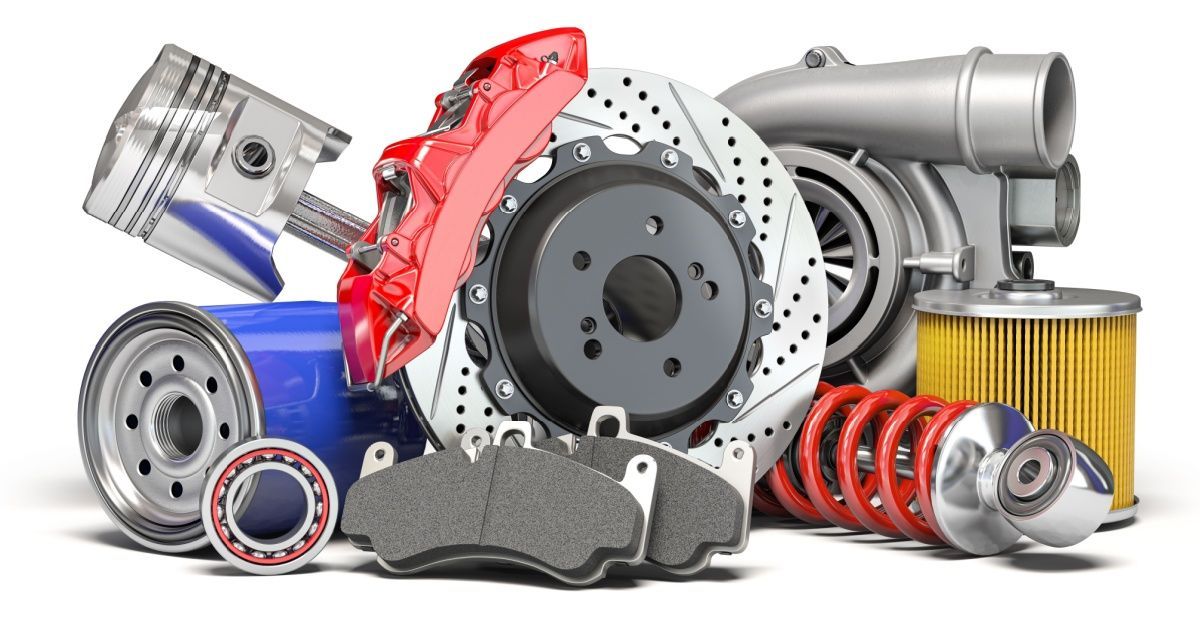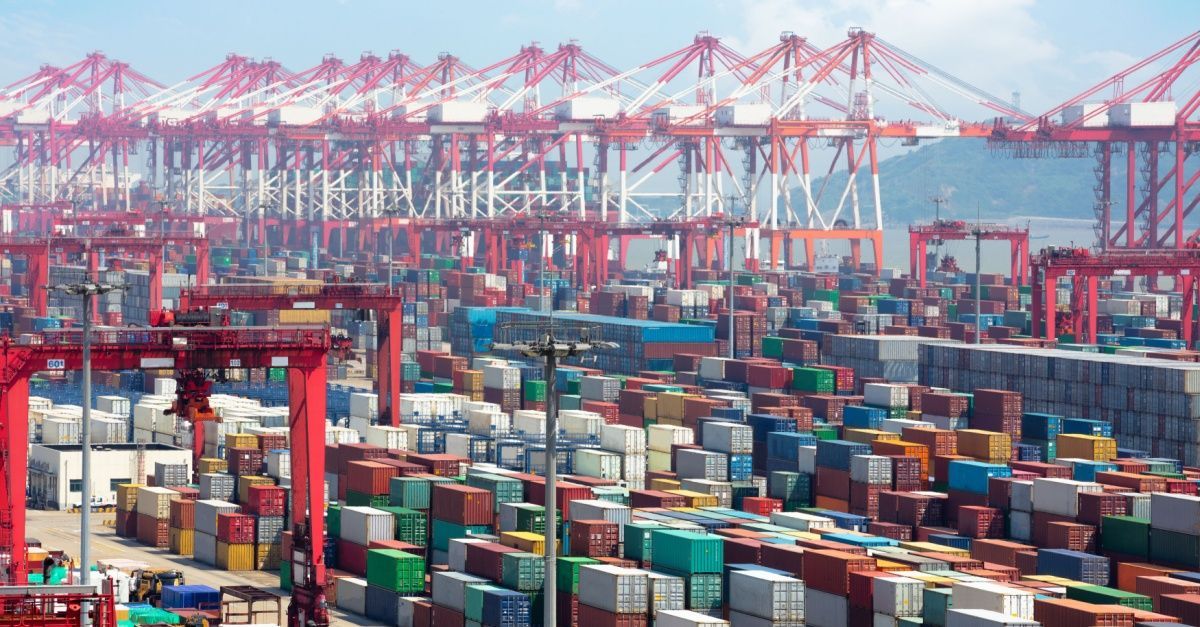Why you Should Trust your Broker when Truck Market Rates Start to Fluctuate
Blog Post CTA
Why you Should Trust your Broker when Truck Market Rates Start to Fluctuate
As the logistics industry heads into November, North American consumers generally start thinking about end-of-the-year sales and holiday shopping for Thanksgiving (U.S.) and Christmas. Shippers expect to see higher load volumes during peak shipping season, which lasts from mid-August to the end of the year. Truck market rates and carrier density fluctuate all year round due to the seasonality of commodities, particularly in the fresh produce industry. For example, when the harvest for Mexican grapes begins in Mid-May and through June, reefer carriers generally flock to the growing regions along the U.S.-Mexican borderlands of Nogales, AZ, and Laredo, TX. Electronic companies might see volume increases of cross-border shipments into the U.S., Canada, and Mexico due to retail shopping events like Black Friday and El Buen Fin (The Good Weekend). Depending on the shipper and their geographic location, market fluctuations might offer certain advantages as a gluttony of trucks in a particular region might infer that truck rates will fall due to increased capacity and the less likelihood that a truck will fall off the load and accept a higher tender elsewhere.
Freight brokers typically have a good pulse on truck market rates, and when they hint to their shipping partners about rate increases, it’s probably because the lane’s they operate are no longer profitable enough to continue servicing at the current rate. Rate increases occur due to a number of factors, but especially during peak shipping season and through the holidays as carriers typically demand higher rates for their service. If you work with a 3PL partner, it’s an important aspect of the shipper-provider relationship to trust their advice when it comes to truck market rate fluctuations; their opinions are guided by data analytics and knowledge about carrier capacity in a specific market. This article will detail some of the ways that freight brokers communicate with shippers about market forces that are important to maintain continual supply chains.
Why do Shippers Depend on Freight Brokers for Better Data on Freight Lanes and Rates?
One of the added benefits of partnering with a modern freight brokerage is that they utilize technologies that help shippers extrapolate real-time industry data about their shipping lanes. In logistics, there are many factors that can cause freight rates to increase without warning, such as weather events, scarce truck capacity, seasonality, or black swan events like the global pandemic.These externalities can cause the spot rate market to spike on certain lanes. Companies like Entourage, for example, offer a tech stack that includes SONAR, a logistics data analytic tool that provides customers with more accurate price forecasts, lane scorecards, and API-connection to large batches of market data. This information provides brokers with more accurate contract rate pricing and can help forecast rate volatility in carrier networks before they occur. Entourage also incorporates software that automatically screens qualified carriers that might be outside of their network. In the event carrier capacity might be tight, like around Thanksgiving when most carriers want to be home with their families, Entourage can guarantee quality trucks that are vetted to meet industrial standards of safety and responsibility.
What sort of Data do Brokers Measure on Lanes and Trucking Freight Rates?
One of the metrics that modern 3PLs keep tabs on are things like the Outbound Tender Volume Index (OTVI), a data analytics tool that tracks the offers received by carriers for outbound loads. This tool provides a good barometer on available carrier capacity, which helps companies understand load to truck ratios in a specific region of the country. Why is this important? Brokers can utilize this data to communicate with their shipping partners about market demands. Entourage also utilizes SONAR’s Outbound Tender Rejection Index, or OTRI, which tracks regional, national, and statewide data on the percentage of loads that are rejected by carriers. Carriers usually decline loads due to low rates, so this analytics tool is helpful to understand where the current market rate is at any given moment.
Of course, the best data that experienced 3PLs have is with their own knowledge of the logistics industry and the market forces that they have come to expect and learn from each year. This is especially helpful with spot loads, as brokers tend to have the advantage over asset-based carriers because they can reach into their large carrier network to find available capacity when most asset-based companies struggle during peak shipping season. Companies like Entourage use technologies that connect directly to their TMS, giving them the ability to instantly check their carrier network for trucks that run specific lanes. This added assurance that can be specifically helpful going into Q4.
What Data do Brokers Provide Shippers Regarding Freight Market Rates?
Shipping managers may only communicate with a single broker within a larger modern 3PL, but behind that face is a team of individuals who have a goal to simply provide the service level needed to continue the business partnership. Outside the dinosaur-era “cradle to grave” brokerages that usually consist of a single broker and the trucks they are aware of, modern brokerages have entire pricing departments that have skilled people who literally only do one thing: they help shippers get the rates they need to run their lanes. Pricing teams are also crucial during seasonal RFP events that can quantify short-term and long-term rates on a whole range of lanes if necessary. Beyond the pricing team there is a capacity team who are constantly calling and building relationships with the dispatchers and owners of trucking companies to make sure dedicated capacity exists when their customers need it most. The carrier team is the most important part of any brokerage, period. It’s the trucks that haul the loads. When looking for a 3PL partner, it’s important to look for transportation providers that offer a range of services.
Companies like Entourage, for example, have dedicated capacity for FTL/LTL, specialized, intermodal, and refrigerated transport. Their carrier and pricing team offer nationwide coverage, ensuring that your supply chains run smoothly year round.
Experienced brokers also provide certain advantages to shippers because they have developed long-lasting relationships with their shipping and carrier partners. This translates to the likelihood that your company will benefit from their industry knowledge that they have already developed lanes and competitive pricing rates on the lanes that you run, to ensure steady capacity year round. For example, when a Mexican food company ships daily loads that cross at Lared, TX on to their destination in Chicago, IL, a company like Entourage, who specializes in hauling food-grade materials, has already developed a backhaul lane for a customer in Chicago who ships to Mexico. This opportunity provides Entourage to create what the industry calls a “closed loop” where they can arrange dedicated northbound and southbound shipments with a single carrier, providing dedicated capacity year round no matter what the freight market is like year round.
Count on Entourage to Deliver When you Need it Most
Making sure your supply chain runs smoothly is the top priority of all global shippers. And that’s why thousands of companies each day depend on entourage to streamline their transportation and provide steady capacity no matter what the truck market conditions look like. Entourage combines cutting-edge technology and a dedicated team of logistics experts to make sure your shipments are taken care of year round. Using the latest cloud-based technologies and GPS tracking available, Entourage provides shippers with round-the-clock visibility and real-time market conditions to make sure your loads deliver when they should. Trust Entourage for round the clock coverage on your next shipment. Contact Entourage today!









